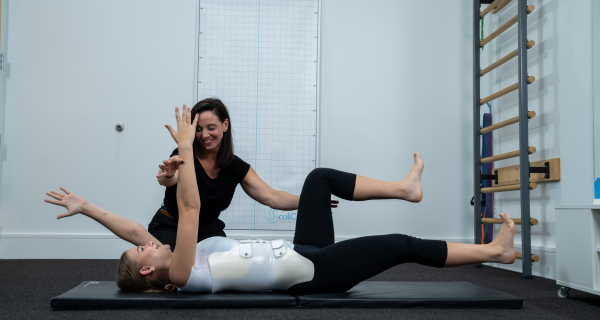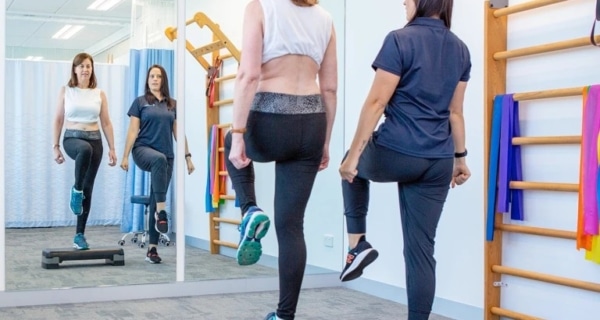ScoliBalance® is more than just a set of exercises—it’s a strategic, research-backed system designed to address scoliosis and hyperkyphosis with precision and purpose. Developed by a multidisciplinary team – Dr. Jeb McAviney and Rose Mirenzi, this physiotherapeutic scoliosis-specific exercise (PSSE) program integrates the best practices from chiropractic care, physical therapy, and exercise rehabilitation. For clinicians, understanding its core principles reveals why ScoliBalance® stands out as a targeted intervention, not a generic workout routine. Let’s break down its foundational elements and the evidence supporting their efficacy, offering a clear rationale for its use in managing scoliosis effectively.
1. Individualized 3D Postural Correction (ScoliCorrection)
At the heart of ScoliBalance® is the ScoliCorrection (Figure 1), a personalized 3D posture correction tailored to each patient’s unique curve type, severity, and symptoms. This principle moves beyond one-size-fits-all approaches by aligning the spine in its straightest possible position, addressing the rotational, lateral, and sagittal planes affected by scoliosis. The 3D approach counters the condition’s complex nature, making it a strategic tool rather than a generic stretch. Clinicians benefit from this customization, as it allows for precise tracking of progress and adjustments, ensuring interventions align with each patient’s evolving needs
.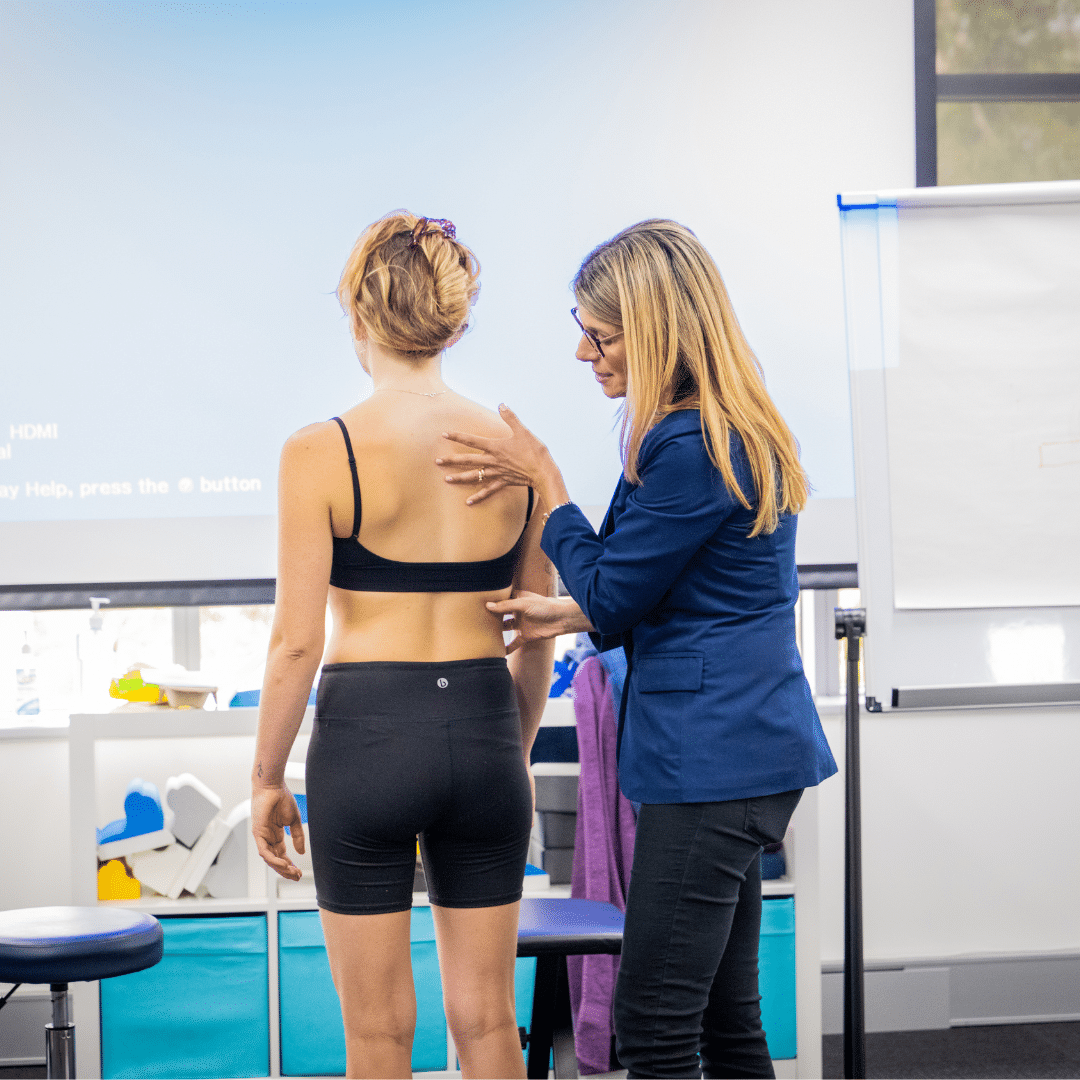
Figure 1: Rose Mirenzi, ScoliBalance® Instructor, breaking down a ScoliCorrection for a patient.
2. Targeted ScoliExercises
ScoliBalance® incorporates ScoliExercises (Figure 2), where patients maintain their ScoliCorrection while performing prescribed movements that are carefully curated by the ScoliBalance® Provider. These exercises target specific muscle groups to enhance spinal stability and flexibility, particularly when combined with ScoliCare’s 3D braces (ScoliBrace®). Evidence suggests that this integration improves muscle endurance and counters the stiffening or weakening often caused by other bracing methods (1). The program’s adherence to SOSORT guidelines (1) reinforces its credibility, drawing on techniques like Schroth (2, 3, 4) and SEAS (5), refined for practicality and effectiveness, and to ensure that the program is individualized. For clinicians, this isn’t mere exercise or a cookie-cutter approach—it’s a systematic method to activate neuromuscular control, offering a proactive way to manage curve progression, especially in progressive curves, and reduce back pain and increase function in adults.
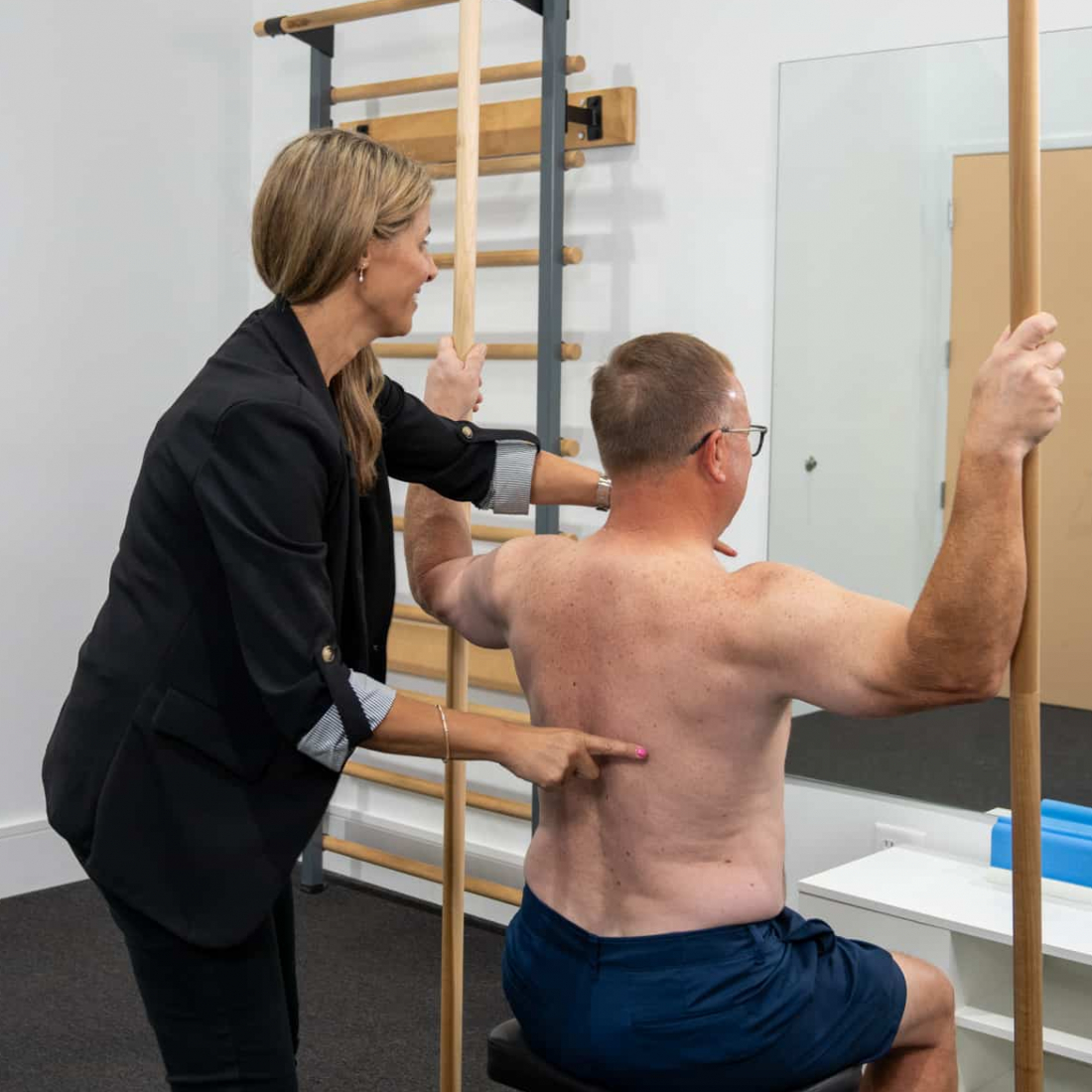
Figure 2: Rose Mirenzi, ScoliBalance® Instructor, ensuring that the ScoliCorrection is held during a ScoliExercise whereby the patient is challenged to hold their corrected posture.
3. Use of Supportive Tools (ScoliRoll® and Denneroll®)
The inclusion of tools like the ScoliRoll® (6) (Figure 3) and Denneroll® (7) enhances spinal correction by harnessing the benefits of visco-elastic creep (8). Patients are often prescribed 20-25 minutes daily with these devices, complementing in-clinic sessions. This approach leverages biomechanical principles to reinforce alignment, with research indicating potential cosmetic improvements and slowed degenerative curve progression. While not a standalone cure, these tools add a layer of strategic support, distinguishing ScoliBalance® from traditional exercise regimens. Clinicians can use this as evidence of a thoughtful system, providing patients with tangible aids to sustain corrections outside appointments, though outcomes depend on consistent use and individual curve flexibility.
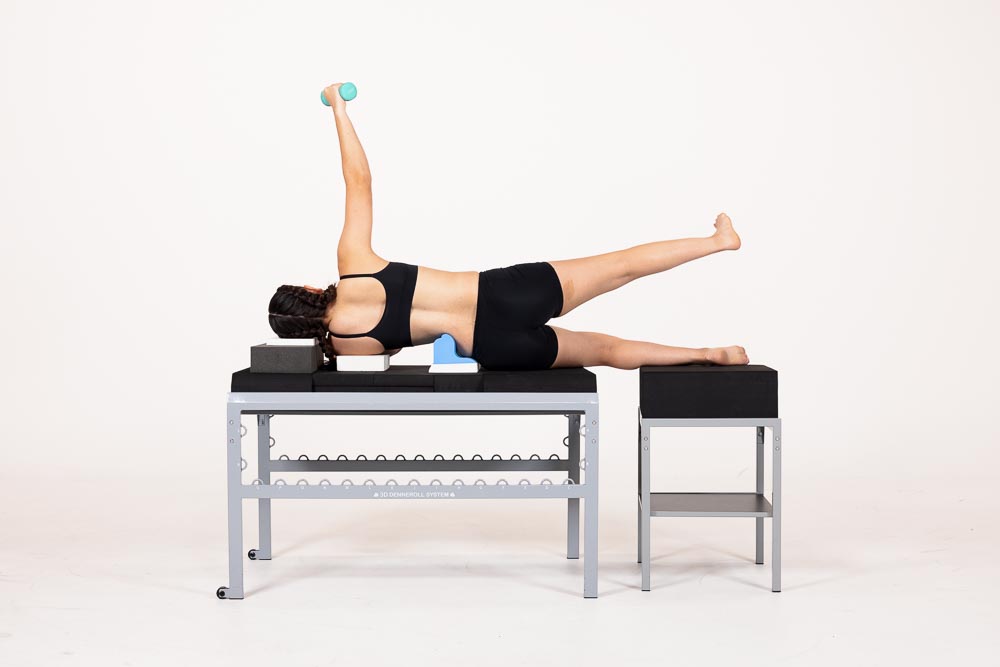
Figure 3: The ScoliRoll® is an integral part of most ScoliBalance programs, harnessing the benefits of visco-elastic creep. The patient is well positioned by an expert team.
4. Integration into Daily Activities
ScoliBalance® teaches patients to subconsciously integrate ScoliCorrections into daily life, training the body to maintain alignment naturally and automatically. This long-term strategy builds on neuroplasticity, where repeated practice rewires movement patterns. Studies on balance training, such as those exploring posturography, suggest that such integration can improve standing stability and reduce fall risk, particularly in older adults with scoliosis. This principle transforms ScoliBalance® into a lifestyle intervention, not just a clinic-based treatment. For clinicians, this offers a sustainable approach, empowering patients to take ownership of their care, though success hinges on education and follow-through, areas where professional guidance is critical.
5. Ongoing Monitoring and Feedback
Regular assessments and feedback are built into ScoliBalance®, allowing clinicians to adapt treatment plans as the patient’s condition evolves. This iterative process ensures exercises remain relevant, supported by evidence that continuous evaluation enhances outcomes in scoliosis management. The system’s emphasis on data-driven adjustments reflects a scientific rigor that sets it apart from casual exercise programs. Clinicians can leverage this to build trust with patients, demonstrating a commitment to measurable progress, though the effectiveness relies on their expertise in interpreting results and tailoring interventions.
Why It’s a Strategic System, Not Just Exercise
The establishment narrative often frames scoliosis exercises as supplementary, but ScoliBalance® challenges this by offering a comprehensive, evidence-informed framework. Its blend of personalization, targeted mechanics, supportive tools, lifestyle integration, and ongoing refinement creates a strategic system that addresses scoliosis’s multidimensional impact. While research supports its benefits—such as reduced curvature and pain relief—the lack of large-scale, long-term studies leaves room for skepticism. Critics might argue that outcomes vary widely due to patient compliance or curve type, yet this variability underscores the need for clinician expertise, making ScoliBalance a collaborative tool rather than a standalone fix.
For clinicians, this system provides a structured yet adaptable approach, backed by SOSORT-aligned principles and clinical experience. It’s not about generic movement—it’s about strategically harnessing science to optimize spinal health, offering patients a proactive path forward. Embrace ScoliBalance as a precision intervention, and let its research-backed rationale guide your practice toward better outcomes.
To integrate ScoliBalance® into your clinic, register for our upcoming ScoliBalance® level 1 course in Alameda, California on the 22nd-24th August, 2025.*
*Only available for ScoliBrace Providers
References:
- Negrini, S., Donzelli, S., Aulisa, A.G. et al. 2016 SOSORT guidelines: orthopaedic and rehabilitation treatment of idiopathic scoliosis during growth. Scoliosis 13, 3 (2018). https://doi.org/10.1186/s13013-017-0145-8
- Kwan, K. Y. H., Cheung, J. P. Y., Wong, A. Y. L., & Kwan, M. K. (2024). Effectiveness of Schroth exercises in patients with adolescent idiopathic scoliosis: A systematic review and meta-analysis. Journal of Orthopaedic Research, 42(3), 567-578.
- Schreiber, S., Parent, E. C., Hill, D., Hedden, D., Moreau, M., & Southon, S. C. (2017). Schroth physiotherapeutic scoliosis-specific exercises for adolescent idiopathic scoliosis: how many patients require treatment to prevent one deterioration? – results from a randomized controlled trial – “SOSORT 2017 Award Winner.” Scoliosis and Spinal Disorders, 12, 26.
- Schreiber, S., Parent, E. C., Moez, E. K., Hedden, D. M., Hill, D., Moreau, M., Lou, E., Watkins, E. M., & Southon, S. C. (2015). The effect of Schroth exercises added to the standard of care on the quality of life and muscle endurance in adolescents with idiopathic scoliosis—an assessor and statistician blinded randomized controlled trial: “SOSORT 2015 Award Winner.” Scoliosis, 10(1), 24.
- Monticone, M., Ambrosini, E., Cazzaniga, D., Rocca, B., & Ferrante, S. (2014). Active self-correction and task-oriented exercises reduce spinal deformity and improve quality of life in subjects with mild adolescent idiopathic scoliosis: Results of a randomised controlled trial. European Spine Journal, 23(6), 1204-1214.
- Marchese R, Du Plessis J, Pooke T, McAviney J. The Improvement of Trunk Muscle Endurance in Adolescents with Idiopathic Scoliosis Treated with ScoliBrace® and the ScoliBalance® Exercise Approach. J Clin Med. 2024 Jan 23;13(3):653. doi: 10.3390/jcm13030653. PMID: 38337346; PMCID: PMC10856658.
- Moustafa, I. M., Diab, A. A., Taha, S., & Harrison, D. E. (2017). Addition of a sagittal cervical posture corrective orthotic device to a multimodal rehabilitation program improves short- and long-term outcomes in patients with discogenic cervical radiculopathy. Archives of Physical Medicine and Rehabilitation, 98(6), 1112-1122.
- Oakley, P. A., Kallan, S. Z., & Harrison, D. E. (2022). The reduction of high thoracic scoliosis in adults by mirror image® blocking: a Chiropractic BioPhysics® case series. Journal of Physical Therapy Science, 34(6), 467-472.

